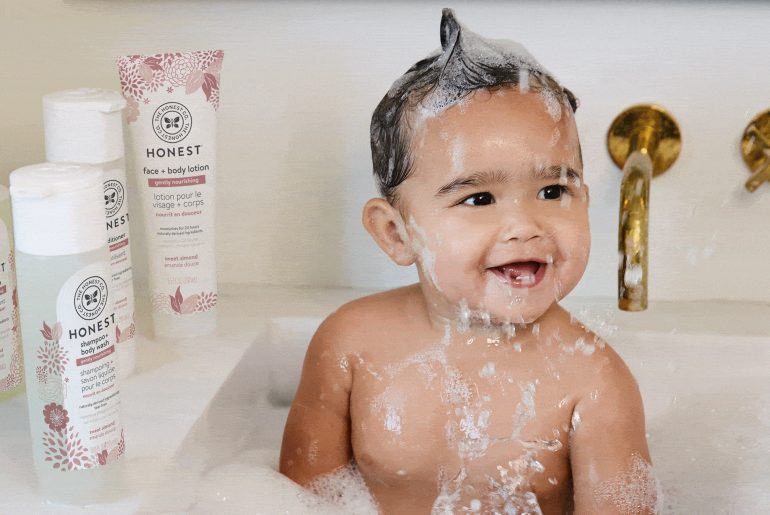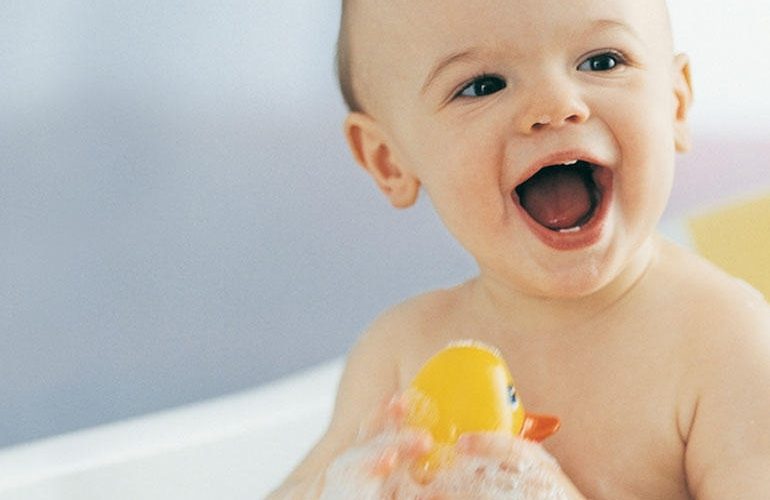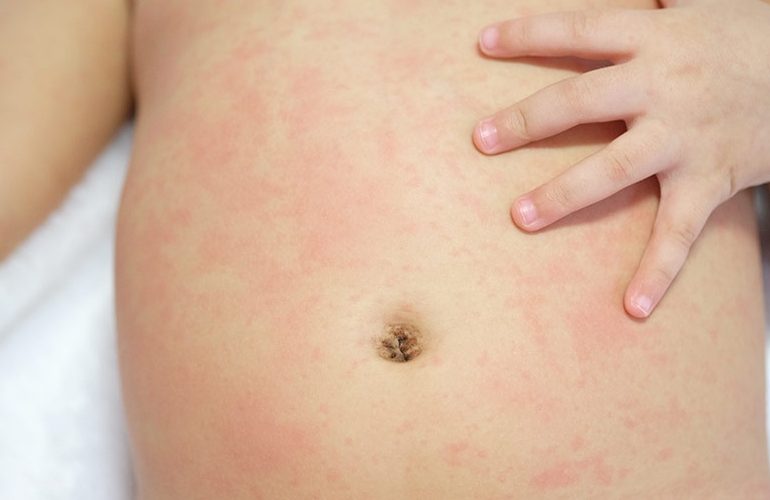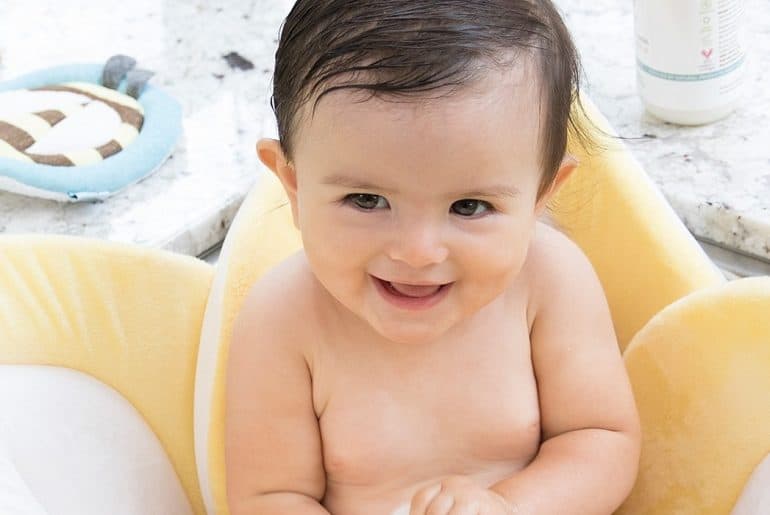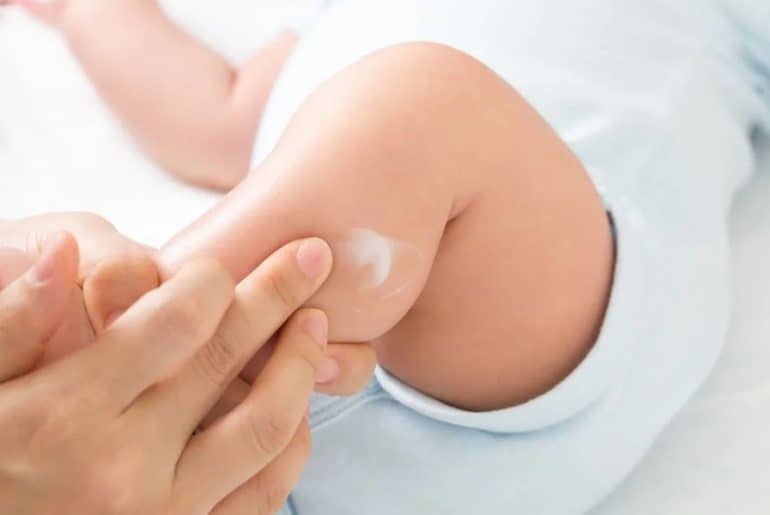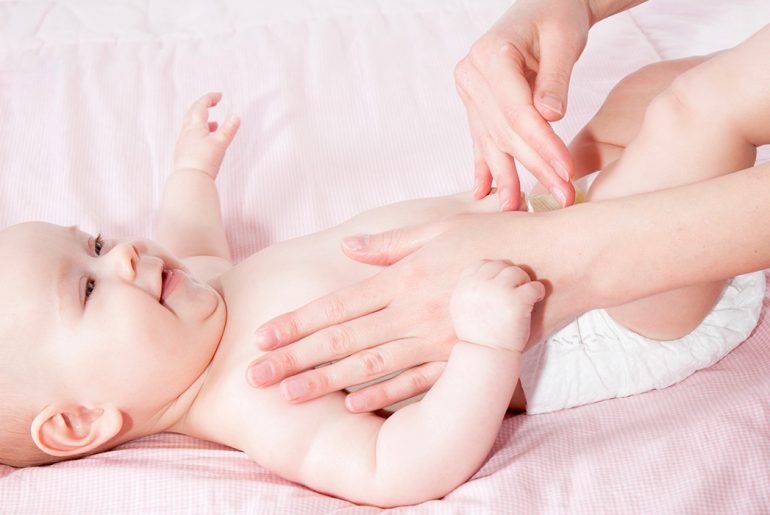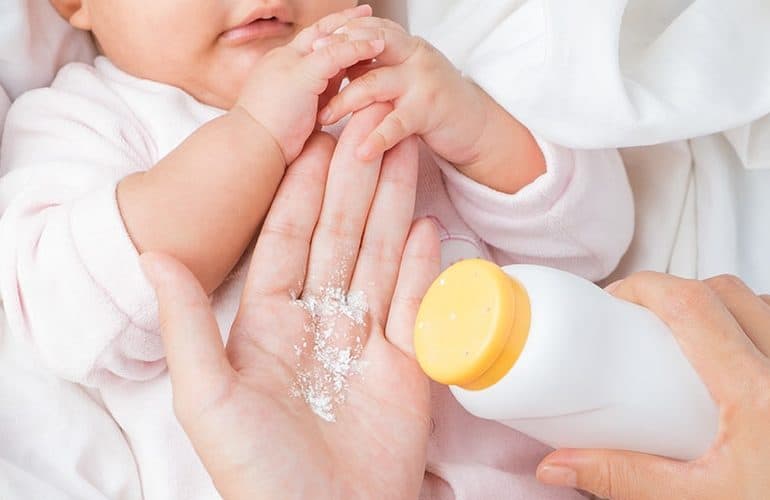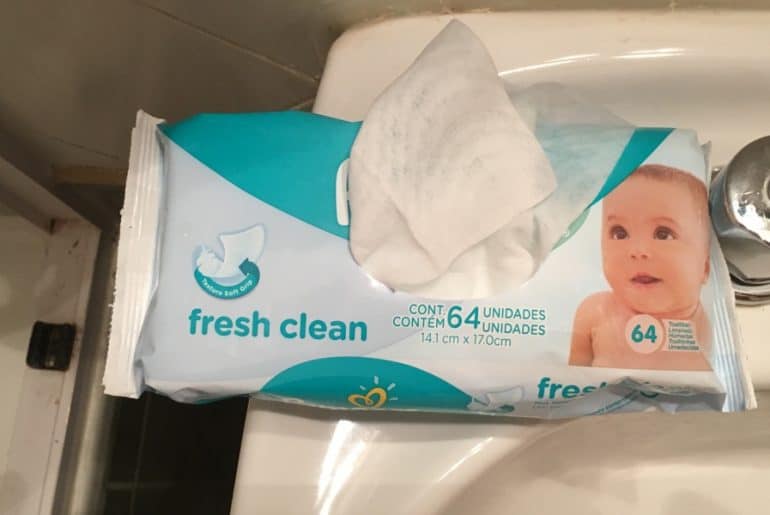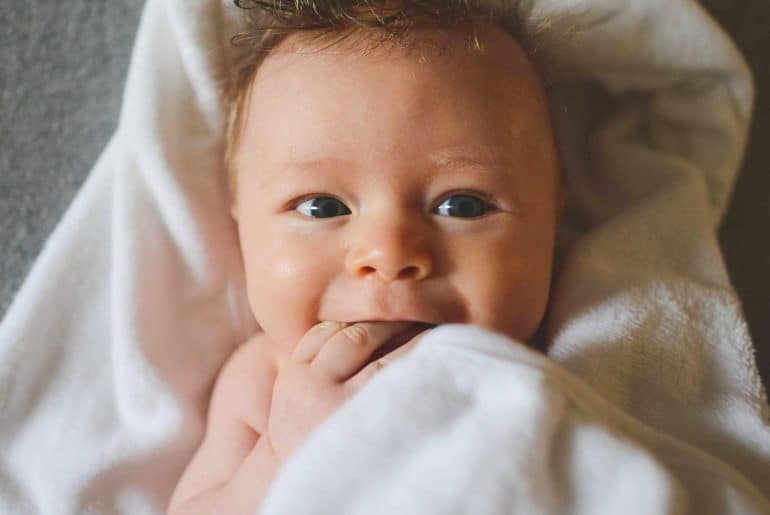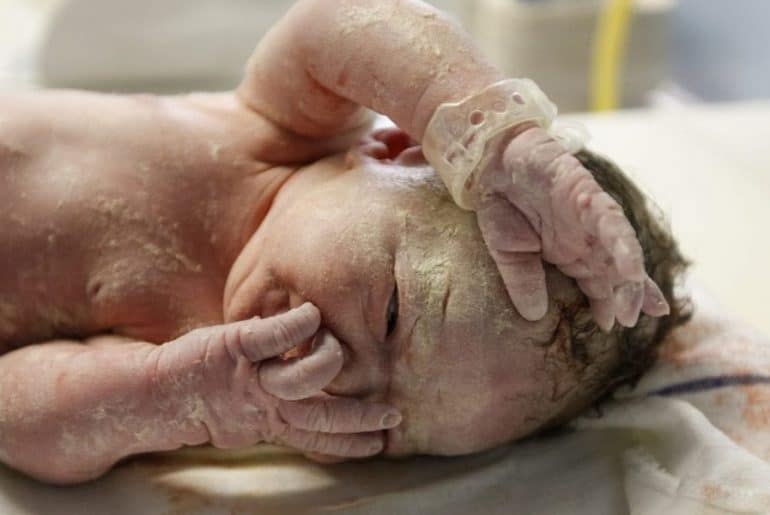A baby’s skin is very sensitive and needs to be given due attention to avoid irritation and other complications developing. You should know what works and what doesn’t from baby skincare products to the way in which you dry your baby after a bath. There are things you need to know in order to ensure that you keep your little angel’s delicate skin shining and healthy always. Here are 10 bathing tips for healthy baby skin. number 10 is a tip for newborns as the vernix only applies to them.
Related : Top 10 Best Baby Care Games Bath Toy Organizers
Use Soap Sparingly
Soaps are great for giving your baby bath. The bubbles and lather do a good job when it comes to cleaning the baby’s body. But, regardless of their effectiveness. Soaps are not great for the skin. Excessive dryness and inflammation can occur from prolonged use of soap. Some ingredients can also cause skin irritation. As a result of this, you should try as much as possible to use soaps sparingly. You can opt for non-soap cleansers instead of soaps that contain sodium laurel sulphate (this is a very common skin irritant). You should also avoid using products with fragrances.
Related : How To Avoid Baby Health Problems: 10 Best Organic Soaps and Washes
Rash Prevention
To prevent rashes from developing on the skin of your little angel, you must take good care of your child’s skin. Apart from changing your baby’s diaper frequently, you need to ensure the baby’s skin is always clean, dry and free of skin irritants. Make sure the towels you are using are washed with irritant-free detergents. Double rinse the baby’s towel to make sure there is no trace of detergent on it. Also, avoid rubbing the towel on the skin. Pat dry instead. You may also consider applying ointment to sensitive areas (the neck for example) from time to time. A warm bath also works as a prevention for rash.
Frequency Of Baths
Do not bath your baby too frequently. This leads to drying of the skin. If you clean the diaper area properly you can reduce the frequency of baths. Bathing your new-born 2-3 times a week is enough. You can do a topping and tailing routine on other days. Of course, you want your baby to be in optimum health and hygiene. A daily bath might seem like the logical thing to do. The only problem is that baby’s do not require baths the same way adults do. You may just end up damaging your baby’s skin with constant water exposure.
Moisturize Regularly
Ensure to moisturize your baby’s skin immediately after you give them a bath. Do not let the baby’s skin dry first before using a moisturizer on the baby. It is preferable to apply one on while the skin is still a bit wet from the bath. You should also be careful with the kind of moisturizer you use for your little angel. Do not use anything that contains irritants, or some component that your baby reacts badly to. Ensure to consult a dermatologist for guidance on what products you should use for your baby (if your baby has extra sensitive skin).
Skin Care Products
Just like with moisturizers, various skincare products contain irritants (for babies). As much as you can, minimize the use of skincare products on your baby. Do not get a horde of different products to use on your child. Get only what they need, and what is safe for use. You should also check each product you purchase for irritants. Also, ensure to check shampoos for irritants. Though you don’t need to make use of shampoo for your baby’s hair. Once you get a product that works, then you should try and stick with that product.
Related : Baby Care Week By Week Changes: 10 Tips on the Best Time to Give a Baby a Bath
Powder
Talcum powder is not bad for the baby’s skin. The problem is that your child can inhale the very fine grains of the powder and this can be harmful to the young child. The powder is usually used as an anti-irritant before wearing diapers for kids. You should avoid the used of talcum powder if you can. In the case where you already have it, never let your child have access to it. Your little angel must never get their hands on a bottle of talcum powder. For infants, it is best to completely avoid the use of talcum powder.
After Bath Oil
Excess use of oil on the baby scalp can lead to a cradle cap. Cradle cap is also known as a crib cap. It is similar to seborrheic dermatitis (but cradle cap only occurs in babies). Seborrheic dermatitis is what causes dandruff in adults. It causes extremely thick and flaky skin on a baby’s scalp. It is usually a scaly, waxy rash. It can be found on the baby’s head and sometimes it is concentrated at the back of the ears. Do not overuse baby oil. Ensure to use it sparingly to avoid your baby developing cradle cap. Baby oil is also very dangerous and should be handled with care.
Baby Wipes
Baby wipes are an excellent cleaning tool for babies. Although wipes are used by numerous parents for cleaning baby bottoms, it does not necessarily mean they are good for the baby’s skin. Wipes that contain the preservative methylisothiazolinone (MI) can cause an allergic reaction in the skin of some babies. If your kid has an allergic reaction, then you can try getting a wipe product that does not contain methylisothiazolinone. Alternatively, you can try to use wipes less often. Try using washcloths and a cleanser instead. Pampers are a great option if you are looking for an MI-free wipe product.
Rubbing Towel On Baby Skin
Do not rub the towel on your baby’s skin. After a bath, you will need to dry your baby a bit before applying a moisturizer. Do not rub the towel over the baby’s skin in an attempt to dry out the water. Rather, you should pat the baby gently with it. Rubbing can cause irritation which can eventually cause the baby to develop rashes. That is why it is advisable to always pay dry with a thick and soft towel. Using a thin washcloth to dry the baby is not advisable as you may need to rub the baby before they can get dry.
What is Vernix?
Vernix is a wax-like white substance that coats the skin of new-born babies. It acts as a natural moisturizer and also has anti-bacterial features. Do not wash off the vernix, its best to leave it for a while. The American Academy of Pediatrics also recommends leaving the vernix. If you can leave it for 24 hours, great, but you may also decide to wash it off after 6 hours. The vernix is a useful protective cover for younglings due to the sensitivity of their skin. So it is usually advisable not to wash it off immediately since it also serves as a natural moisturizer and an anti-bacterial.
Related : Top 10 Best Baby Shampoo (Non-Organic) From Baby Advice Websites

